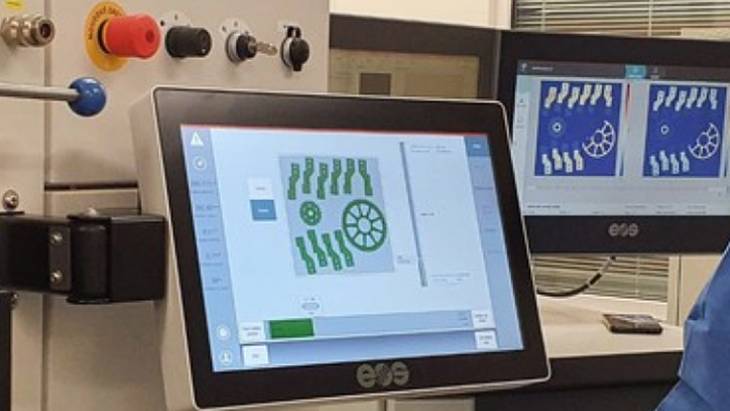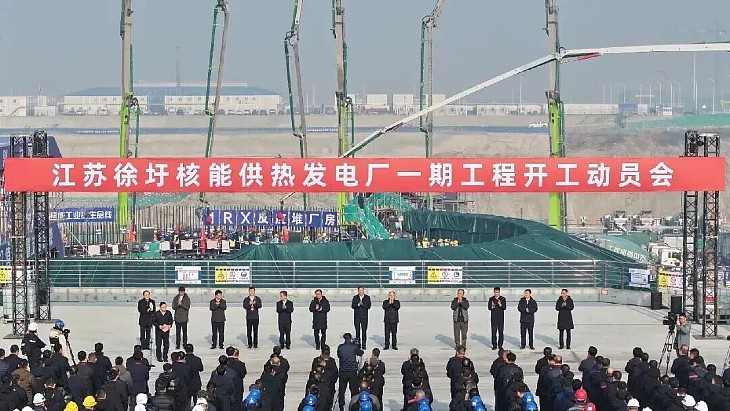The companies said that "during the first year the deployment of parts from 3D production contributed to reducing downtime and increasing power plant production, without affecting the safe supply of electricity".
The printers can produce metal parts weighing up to 600kg. ČEZ currently uses the printed parts mainly in the non-nuclear parts of power plants, and the companies have mainly focused on printing plastics or smaller metal parts.
Disruption to supply chains from the COVID-19 pandemic and the war in Ukraine meant the company had to innovate to replace defective components with new parts rather than have to wait months for standard production.
Bohdan Zronek, ČEZ board member and director of the nuclear energy division, said: "It is another of the steps ... to the strengthening of our independence in the supply of spare parts and the planned operation of the nuclear units for at least 60 years. Thanks to 3D technology we can produce new, completely identical components, which is important in the event that the supplier no longer exists or does not produce the part."
František Krček, CEO of Škoda JS, said: "The choice of 3D printing technology depends on the material and requirements for the given part. Then, using 3D scanning, we prepare the data and can start printing. We can produce simpler parts in a few hours."
He said: "A shaft is always better and cheaper to produce using machine tools. For parts with a very complex shape, such as a gear wheel for a gearbox, it is better to use 3D technology."
Škoda JS has 3D printers for the production of large metal parts at its plant in Pilsen, and also has the smaller printers at both Czech nuclear power plants. It said it "would like to expand the supply of 3D parts for the nuclear part" of the ČEZ plants as well.
The Czech Republic already uses nuclear power for 34% of its electricity, generating this from four reactors at Dukovany and two at Temelín. ČEZ is currently evaluating bids from Westinghouse, EDF and Korea Hydro & Nuclear Power for the construction of a new reactor at Dukovany. Near Temelín, an area has been designated the South Bohemia Nuclear Park and earmarked for small reactors to operate in the early 2030s. The company said last month that, with the planned new build, it expected to almost double its nuclear workforce in the coming years.






_45278.jpg)
_28178.jpg)
_66891.jpg)





